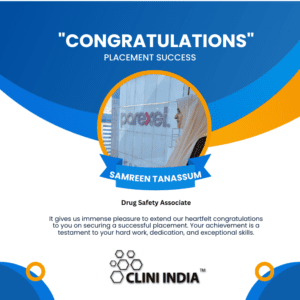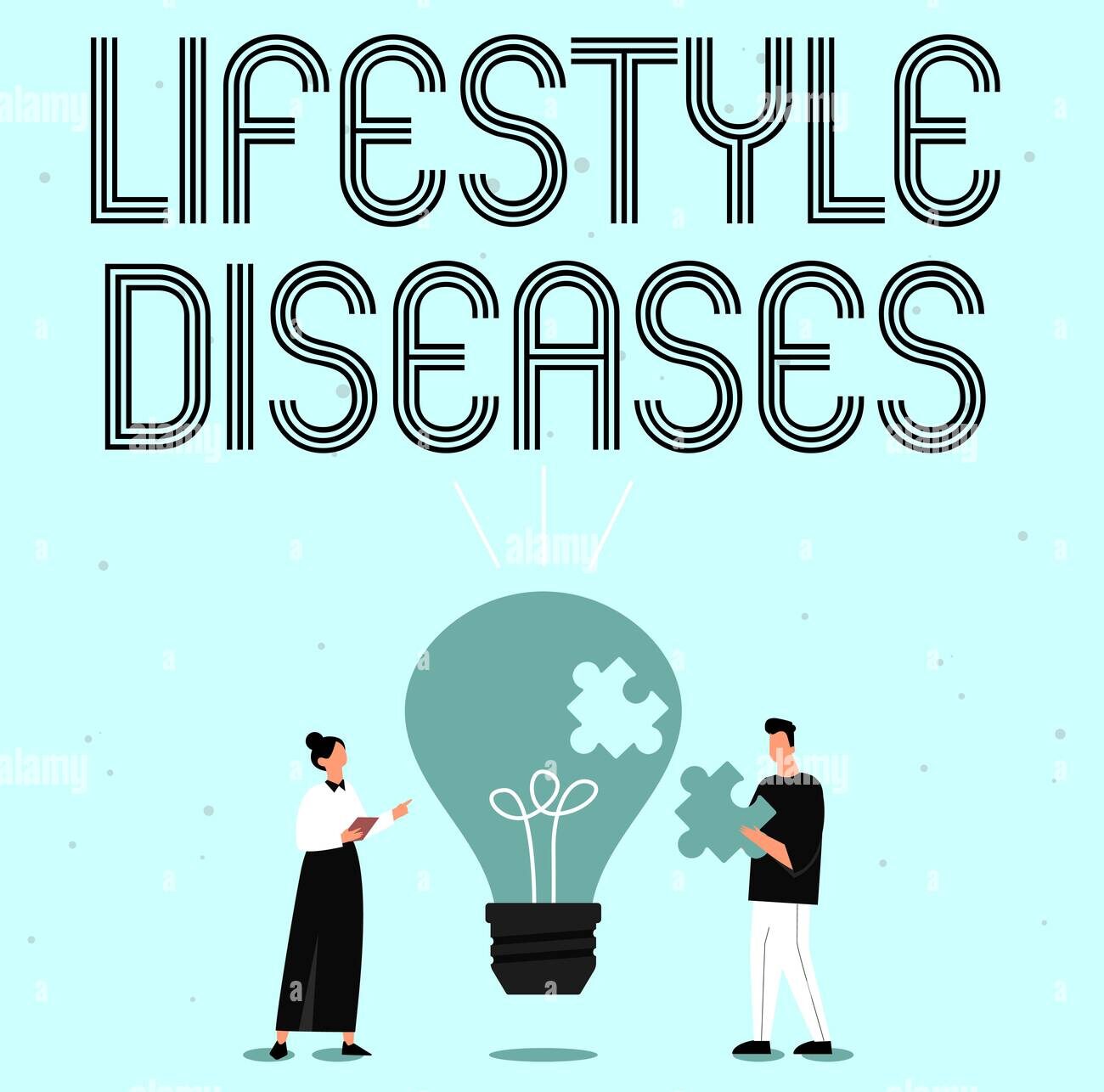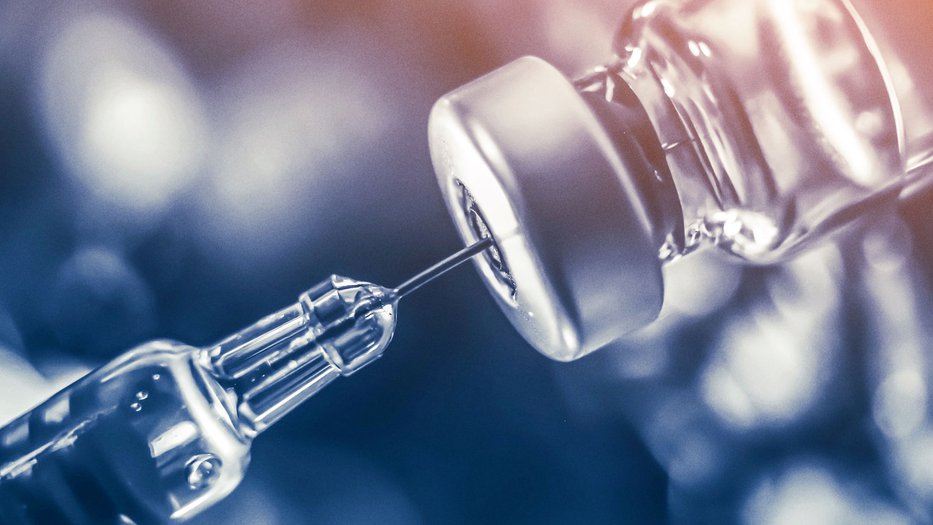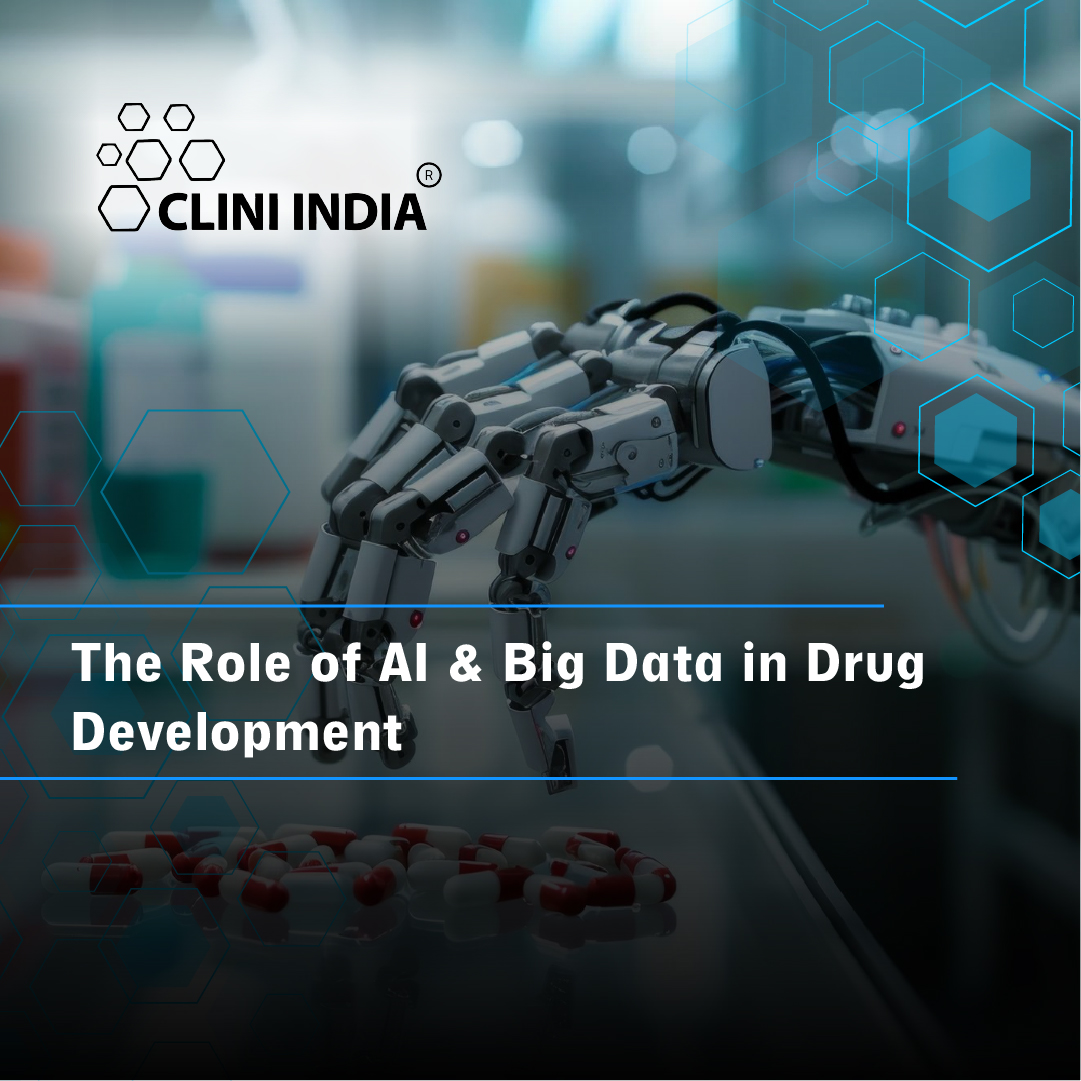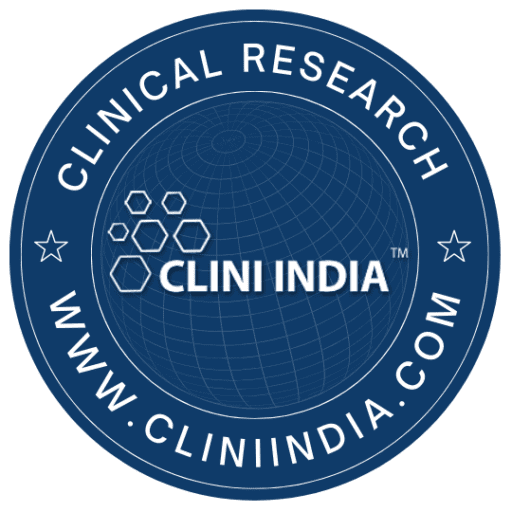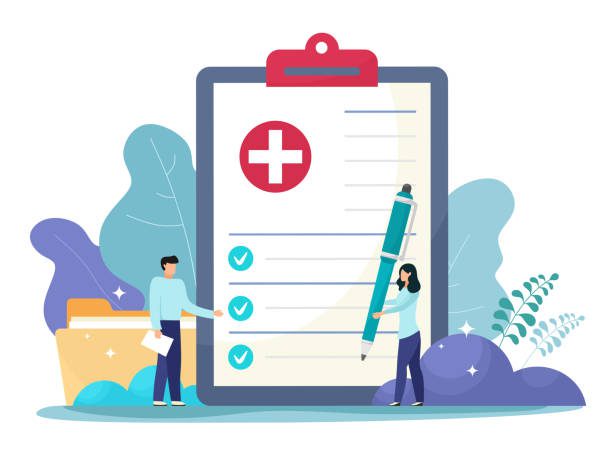
Types of ICSR in Pharmacovigilance
Individual Case Safety Reports (ICSRs) are crucial in pharmacovigilance, providing detailed information about suspected adverse drug reactions (ADRs). ICSRs help regulatory authorities, pharmaceutical companies, and healthcare professionals monitor drug safety and take necessary actions to minimize risks. However, there are different types of ICSRs, each with unique characteristics and reporting requirements. Understanding these differences is essential for effective pharmacovigilance practices.
Types of ICSR in Pharmacovigilance
1. Spontaneous Reports
These are unsolicited reports of suspected ADRs submitted by healthcare professionals, patients, or pharmaceutical companies.
- Collected through voluntary reporting systems
- Typically submitted to regulatory agencies or drug manufacturers
- May lack comprehensive clinical details
- Used for signal detection and trend analysis
2. Literature Reports
These ICSRs are derived from published scientific literature, including case reports, clinical studies, and systematic reviews.
- Requires monitoring of medical journals and databases
- Essential for identifying ADRs reported in independent research
- Must be assessed for causality and clinical relevance
- Used by pharmaceutical companies for regulatory reporting
3. Regulatory Authority Reports
These reports are submitted by regulatory bodies based on data collected from different sources, including clinical trials and spontaneous reports.
- Often result from pharmacovigilance inspections or safety reviews
- May contain aggregated data on drug safety
- Used for regulatory decision-making and risk assessment
- Often leads to safety warnings or label updates
4. Clinical Trial Reports
These are reports of adverse events occurring during clinical trials, submitted according to Good Clinical Practice (GCP) guidelines.
- Includes serious adverse events (SAEs) and suspected unexpected serious adverse reactions (SUSARs)
- Follow strict regulatory timelines for submission (e.g., 7-day and 15-day reporting)
- Requires detailed patient data, medical history, and causality assessment
- Used for evaluating drug safety before market approval
5. Post-Marketing Surveillance Reports
These reports are collected after a drug has been approved and marketed to monitor its long-term safety.
- Includes data from pharmacovigilance studies, patient registries, and risk management programs
- Helps detect rare or delayed ADRs
- Used for updating drug safety profiles and regulatory compliance
- Often leads to risk minimization strategies, including warnings or drug withdrawals
6. Solicited Reports
These are ADR reports collected through organized data collection programs, such as patient support programs or surveys.
- Involves proactive data collection
- Includes structured forms and predefined criteria
- Often used in epidemiological studies and post-marketing commitments
- Helps assess real-world drug safety
Key Differences Between ICSR Types
| ICSR Type | Source | Primary Use | Reporting Requirement |
|---|---|---|---|
| Spontaneous Reports | Healthcare professionals, patients | Signal detection, ADR monitoring | Voluntary, regulatory reporting |
| Literature Reports | Published studies, case reports | Identifying ADRs in research | Mandatory monitoring by pharma companies |
| Regulatory Authority Reports | Health agencies, government bodies | Regulatory decision-making | Required for safety assessments |
| Clinical Trial Reports | Clinical trial investigators | Drug safety evaluation | Strict timelines (SAEs, SUSARs) |
| Post-Marketing Surveillance Reports | Pharmacovigilance studies, registries | Long-term safety assessment | Regulatory compliance, periodic reporting |
| Solicited Reports | Patient programs, surveys | Proactive ADR monitoring | Structured reporting, predefined criteria |
Conclusion
ICSRs play a fundamental role in pharmacovigilance by providing valuable safety data from various sources. Each type of ICSR has distinct characteristics, reporting requirements, and regulatory implications. A thorough understanding of these differences is essential for healthcare professionals, pharmaceutical companies, and regulatory authorities to ensure drug safety and protect public health.








































